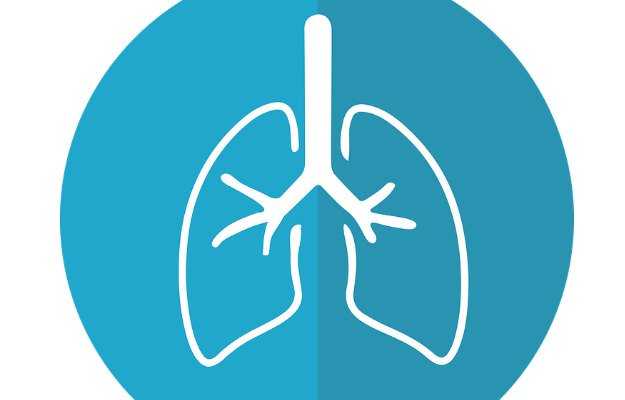What is Idiopathic Pulmonary Fibrosis?
Pulmonary fibrosis is an uncommon lung disease wherein the lung tissue becomes scarred and thick. These scars are called fibrosis. Often the cause is unknown and hence, it is called idiopathic pulmonary fibrosis (IPF). It is a serious disease affecting the middle-aged or older individuals. It can result in respiratory failure, pulmonary hypertension, heart failure, pulmonary embolism (blood clot in the arteries supplying the lung), and lung cancer.
What are its main signs and symptoms?
The following is the list of symptoms associated with IPF-
- Dry non-productive cough on exertion
- Breathlessness
- A crackling sound heard in the lungs
- Clubbing of the fingertips
- Muscle pain and joint pain
- Loss of appetite
- Unexplained weight loss
- Chest pain or tightness
- Fatigue or tiredness
Are you also troubled by obesity and are not able to lose weight even after a lot of efforts, then start using myUpchar Ayurveda Medarodh Weight Control Tablet today and control your weight.
What are its main causes?
The cause of idiopathic pulmonary fibrosis is unknown but certain environmental factors and pollutants exposure have shown to increase the risk of pulmonary fibrosis. Factors like cigarette smoking, exposure to metal dust, wood dust, stone dust, silica, hay dust, mould spores or agricultural products predispose an individual to the development of pulmonary fibrosis. Mostly men are affected and it is more frequent in people above 50 years of age.
About 20% people with IPF are known to have another family member diagnosed with an interstitial lung disease. If more than one member is suffering from this condition in a family, then it is called familial pulmonary fibrosis.
75% of patients with IPF also have gastroesophageal reflux disease (GERD).
How is it diagnosed and treated?
A multidisciplinary approach by the pulmonologist, radiologist, and pathologist is needed to diagnose idiopathic pulmonary fibrosis since the symptoms are often similar to those of asthma, chronic obstructive pulmonary disease (COPD), and congestive heart failure. Your doctor will diagnose it based on your medical history, physical exam, and test results like X-rays, high resolution computed tomography (CT), lung function tests, pulse oximetry, arterial blood gas test, skin test for tuberculosis, exercise testing, and lung biopsy.
Your doctor may treat the condition with medicines, oxygen therapy, pulmonary rehabilitation, and lung transplant. Some additional medicines are prescribed to treat breathlessness and cough. Antacid therapy for gastroesophageal reflux disease (GERD) is also given.

 OTC Medicines for Idiopathic Pulmonary Fibrosis
OTC Medicines for Idiopathic Pulmonary Fibrosis















